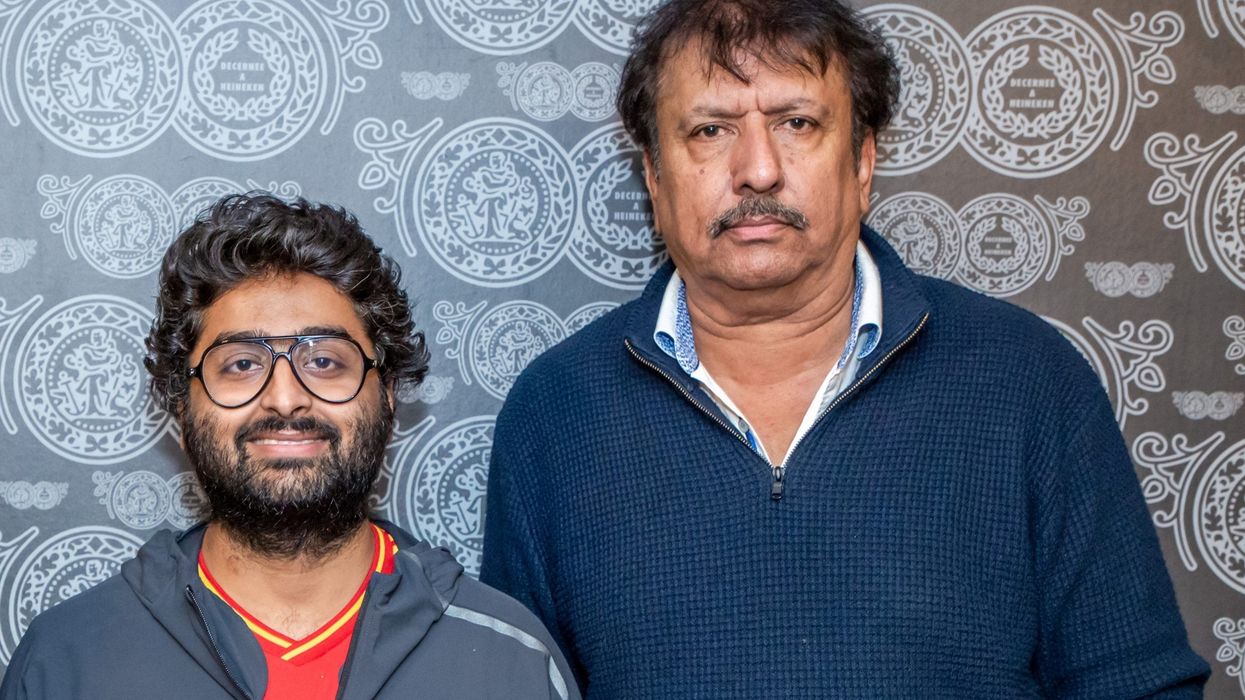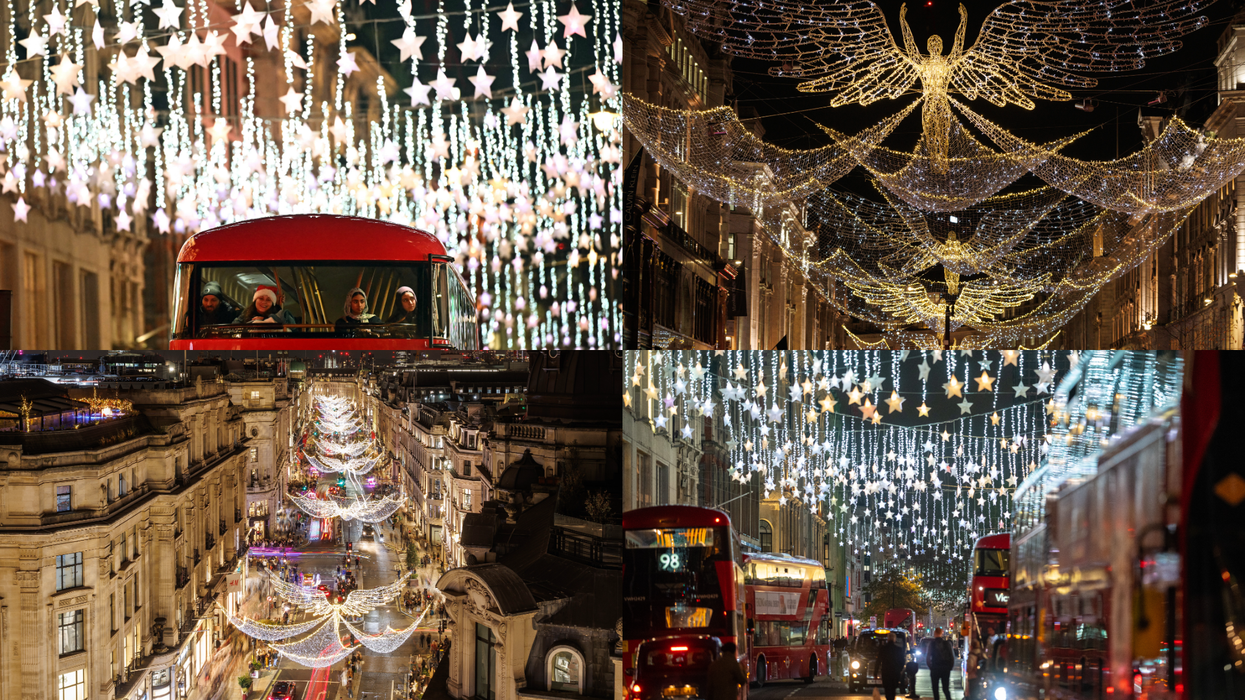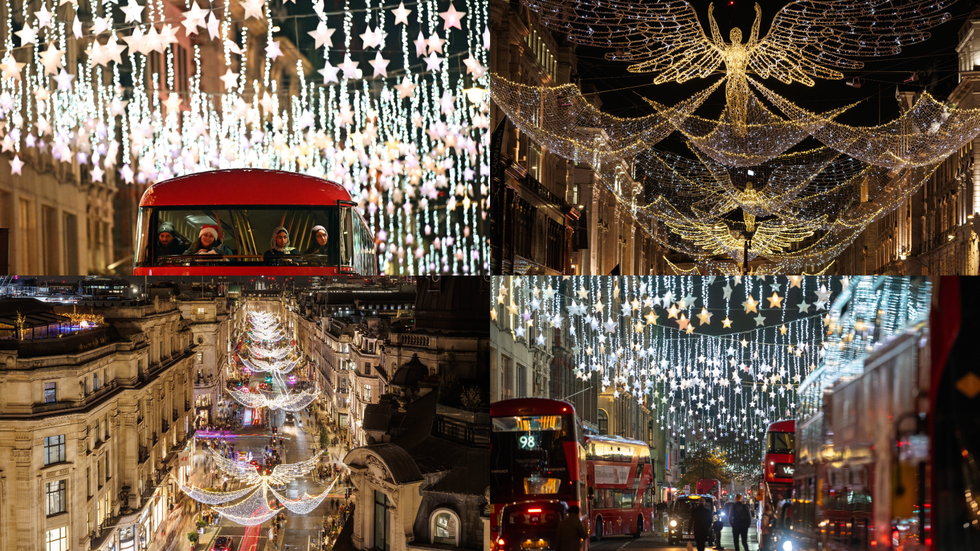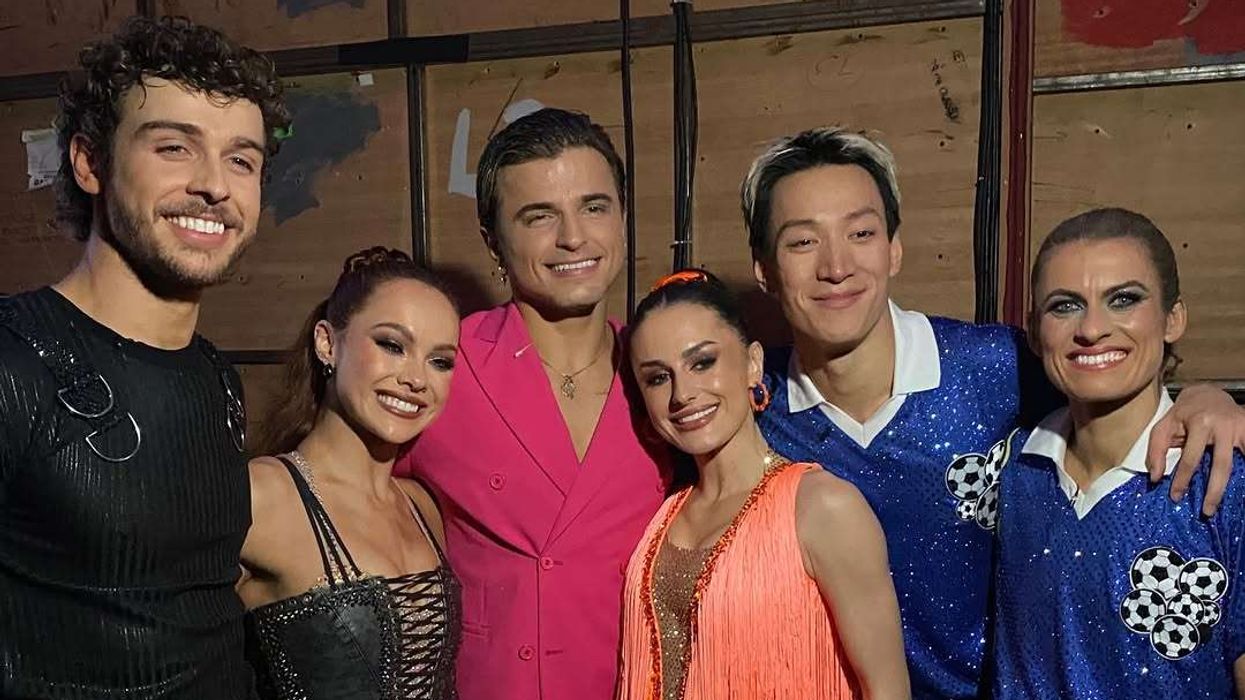THE live south Asian music scene has thrived in recent years with singing superstars filling up major arenas around the UK and London based promoter Vijay Bhola has been at the forefront.
His Rock On Music events company has produced huge live shows with the biggest names in music, including Shreya Ghoshal, Sunidhi Chauhan, Adnan Sami, Shaan, Salim Sulaiman, Shankar Ehsaan Loy, Vishal Shekhar, Indian Idol winners and Arijit Singh, who returns for big blockbuster shows at Utilita Arena in Birmingham on May 1 and OVO Arena Wembley on May 2. He also has forthcoming tours with popular singers Shaan, Neha Kakkar, Javed Ali, and Sajjid Ali on the way.
Eastern Eye caught up with the big-thinking live events producer, who has been entertaining audiences for decades with blockbuster shows to find out more.
How do you look back on your remarkable journey?
It has been challenging, but ultimately rewarding doing what I love. Being able to give a platform to world-class talent and bring live entertainment to so many has been a great but humbling experience. Ultimately, I only look forward and right now my focus is on the huge Arijit Singh shows taking place in May.
What keeps your passion for creating huge live events?
The feeling of producing a great live show and seeing the joy it brings thousands who attend is indescribable. Although I have lost count of shows and tours I’ve produced, each feels like the first and still gives me that same thrill.
Is there any one achievement you are most proud of?
Every project I have been involved in has been special, so it’s impossible to pick just one. I feel honoured to have worked with the biggest names, whether it has been Bollywood stars, musicians, or popular singers. If I had to choose, then giving new talent that first major international platform isalways special. I still remember introducing Shreya Ghoshal and Arijit Singh to the UK audiences in smaller shows. Look at them now filling out big arenas globally. More recent concerts with the best Indian Idol singers have been special.
Tell us about the Arijit Singh concert?
These shows were originally supposed to happen in 2020, and then 2021 but got postponed due to the pandemic. I am glad they are finally happening and there is great excitement. He is one of the best live performers in the world and always puts on a memorable show.
What makes Arijit special?
He has been the number one male singer in Bollywood during the past decade, so has an incredible bank of songs. When performing live, he always puts a unique spin on them, in a way no other artist does. He has an incredible voice that has made a strong connection with audiences.

What can we expect from the Neha Kakkar shows?
She is just brilliant and always lights up the stage with super hit globally popular songs. She will be delivering two huge concerts at OVO Arena Wembley on August 28 and Utilita Arena in Birmingham on August 29. These unmissable shows are going to be huge.
Tell us about the Shaan tour?
He is a versatile singer, who in my opinion is at his best live. Shaan does everything from pop and Bollywood to classics from the golden era of Indian cinema. He always puts on memorable concerts and returns for shows at Indig02 in London on June 18 and De Montfort Hall in Leicester on June 19.
What is the secret of putting on a great live show?
You have to give audiences what they want, which is great entertainment delivered by brilliant performers. It must be a memorable experience, which means everything from the stage design to the sound and live performance has to be the best it can be. Ultimately, it should be a family friendly show that should be enjoyed by all ages.
What inspires you?
Honestly, it is the audience. Seeing the joy they get from my live shows inspires me to give them something bigger, better, and more spectacular.
Why should we all come to the Arijit Singh concerts?
He is one of the greatest live performers in the world and returning with a huge live band to gift audiences a musical experience they will never forget.
Visit www.rockonmusicuk.com for ticket and information for the various tours






 The Christmas light walks in central London that still feel festive Getty Images
The Christmas light walks in central London that still feel festive Getty Images 





